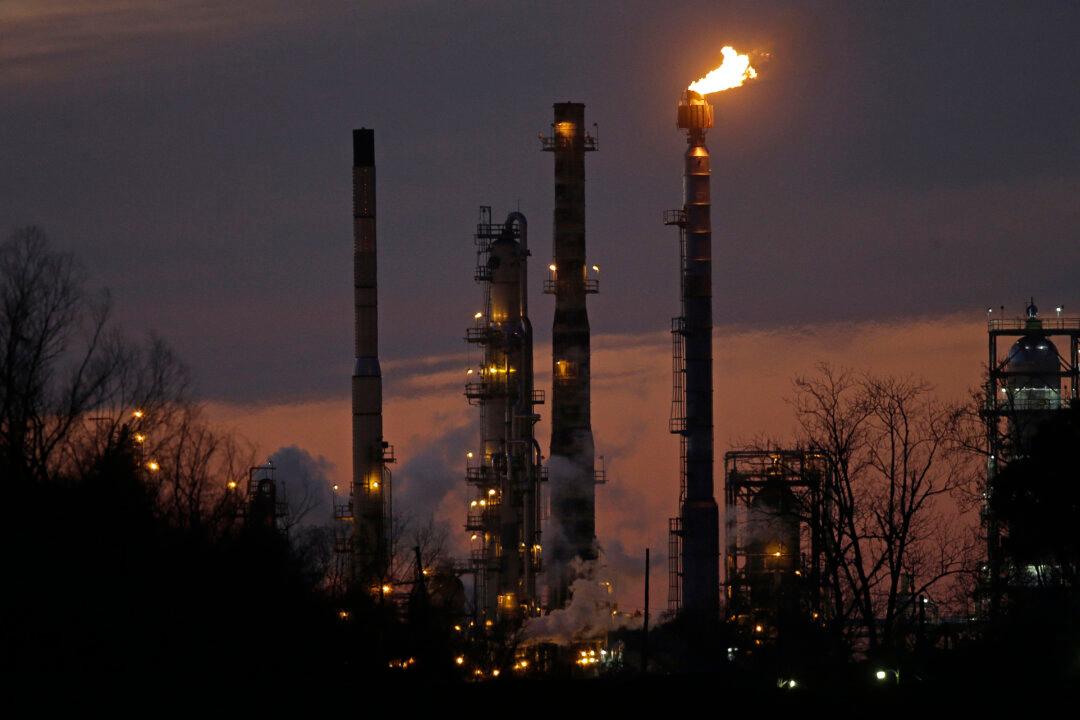While European oil companies such as BP and Shell have been touting their transition from fossil fuels to wind and solar technology, major U.S. oil companies ExxonMobil and Chevron have made major acquisitions in recent weeks to ensure that, in an increasingly uncertain world, their supplies of oil and gas continue to flow.
“Chevron and ExxonMobil and others are trying to make sure they have access to resources, particularly in the United States,” Ryan Yonk, energy analyst and senior faculty at the American Institute for Economic Research, told The Epoch Times.





